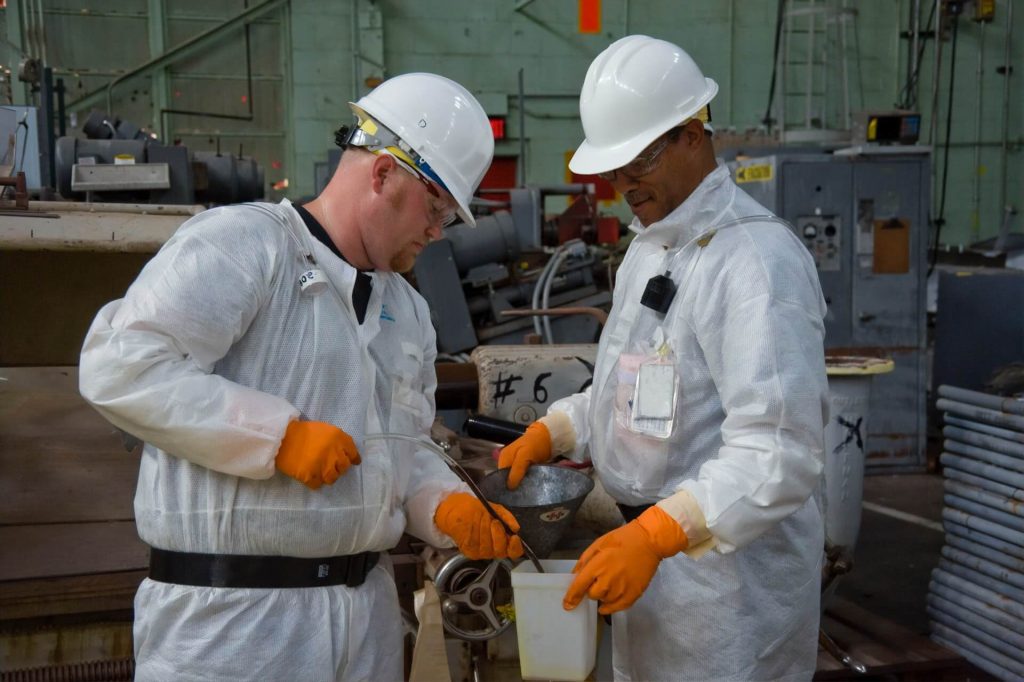When someone who has COVID-19 coughs or exhales they release droplets of infected fluid. Most of these droplets fall on nearby surfaces and objects – such as desks, tables or telephones. People could catch COVID-19 by touching contaminated surfaces or objects – and then touching their eyes, nose or mouth. If they are standing within one meter of a person with COVID-19 they can catch it by breathing in droplets
coughed out or exhaled by them. In other words, COVID-19 spreads in a similar way to flu. Most persons infected with COVID-19 experience mild symptoms and recover. However, some go on to experience more serious illness and may require hospital care. Risk of serious illness rises with age: people over 40 seem to be more vulnerable than those under 40. People with weakened immune systems and people with conditions such as diabetes, heart and lung disease are also more vulnerable to serious illness.

Simple ways to prevent the spread of COVID-19 in your workplace
The low-cost measures below will help prevent the spread of infections in your workplace, such as colds, flu and stomach bugs, and protect your customers, contractors and employees. Employers should start doing these things now, even if COVID-19 has not arrived in the communities where they operate. They can already reduce working days lost due to illness and stop or slow the spread of COVID-19 if it arrives at one of your workplaces. The measures are:
- Make sure your workplaces are clean and hygienic.
- Promote regular and thorough hand-washing by employees, contractors and customers.
- Promote good respiratory hygiene in the workplace.
- Advise employees and contractors to consult national travel advice before going on business trips.
- Brief your employees, contractors and customers that if COVID-19 starts spreading in your community anyone with even a mild cough or low-grade fever (37.3 C or more) needs to stay at home.
- They should also stay home (or work from home) if they have had to take simple medications, such as paracetamol/acetaminophen, ibuprofen or aspirin, which may mask symptoms of infection.
If you are interested in even more details about how to prepare your organization for COVID-19 read this WHO report.
How can visual instructions help?
Now is the time to prepare for COVID-19. Simple precautions and planning can make a big difference. Action now will help protect your employees and your business. With REWO you can create visual standard operating procedures that will allow you to exactly show to your employees what is allowed and what is not. Visual instructions leave no room for misinterpretation.
